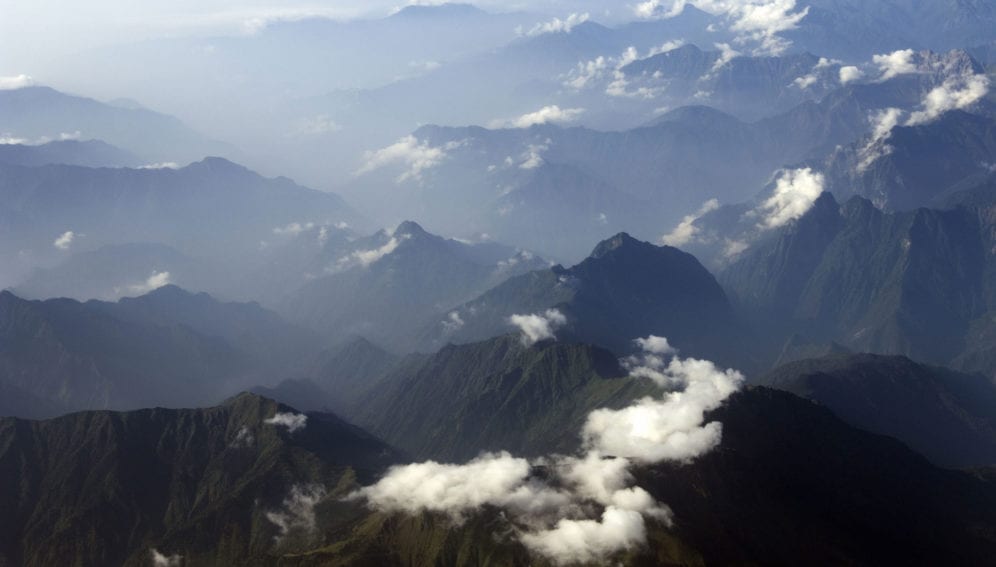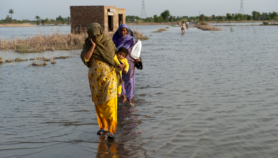By: Fiona Broom
Send to a friend
The details you provide on this page will not be used to send unsolicited email, and will not be sold to a 3rd party. See privacy policy.
[KATHMANDU] Climate change may be global, but the future of Himalayan mountain glaciers and the Tibetan plateau snowpack could come down to local air pollution, scientists say.
Since the 1960s there has been observational evidence of regional snowpack retreat and black carbon deposition over snow covers, but climate model limitations made quantifying climatic impact difficult.
Adjusted regional climate projections that recognise the impact of black carbon warming effects are crucial to local adaptation planning, Yangyang Xu, post-doctoral fellow at the US National Center for Atmospheric Research, tells SciDev.Net.
Xu and his colleagues led a study on the effect of black carbon aerosols on high-altitude warming and snow cover retreat over Tibet and the Himalayas, published March in Atmospheric Chemistry and Physics.
The researchers used a high-resolution ocean–atmosphere global climate model and corrected black carbon atmospheric loading to determine the various man-made factors responsible for warming trends.
“Our results suggested that in order to save mountain glaciers in this region, strengthened controls of local pollution sources are greatly needed,” Xu said. “One cannot simply blame global warming.”
Regional attitudinal change is vital to mitigating short-lived climate pollutants, says Arun B. Shrestha, cryosphere and atmosphere programme manager at the International Centre for Integrated Mountain Development (ICIMOD), Kathmandu.
Black carbon aerosols, unlike GhGs, come from local or regional sources such as biofuels, fossil fuels and agricultural residue burn-offs, Shreshta says. “Unlike GhGs the ways to mitigate black carbon aerosols are clear.”
“It’s necessary for governments to think of alternatives,” says Shreshta. “These fuels are being used for livelihoods, people can’t stop burning firewood because it’s not practical — for a lot of people firewood and dung are their only sources of energy.”
ICIMOD senior air quality specialist Prakash Bhave says fine particulate matter levels in the Kathmandu Valley are nearly five times worse than World Health Organisation guidelines.
Bhave says simple individual actions, such as avoiding open-burning of waste, walking and cycling instead of taking motor vehicle transport, and maintaining vehicles, could help reduce black carbon aerosols.














